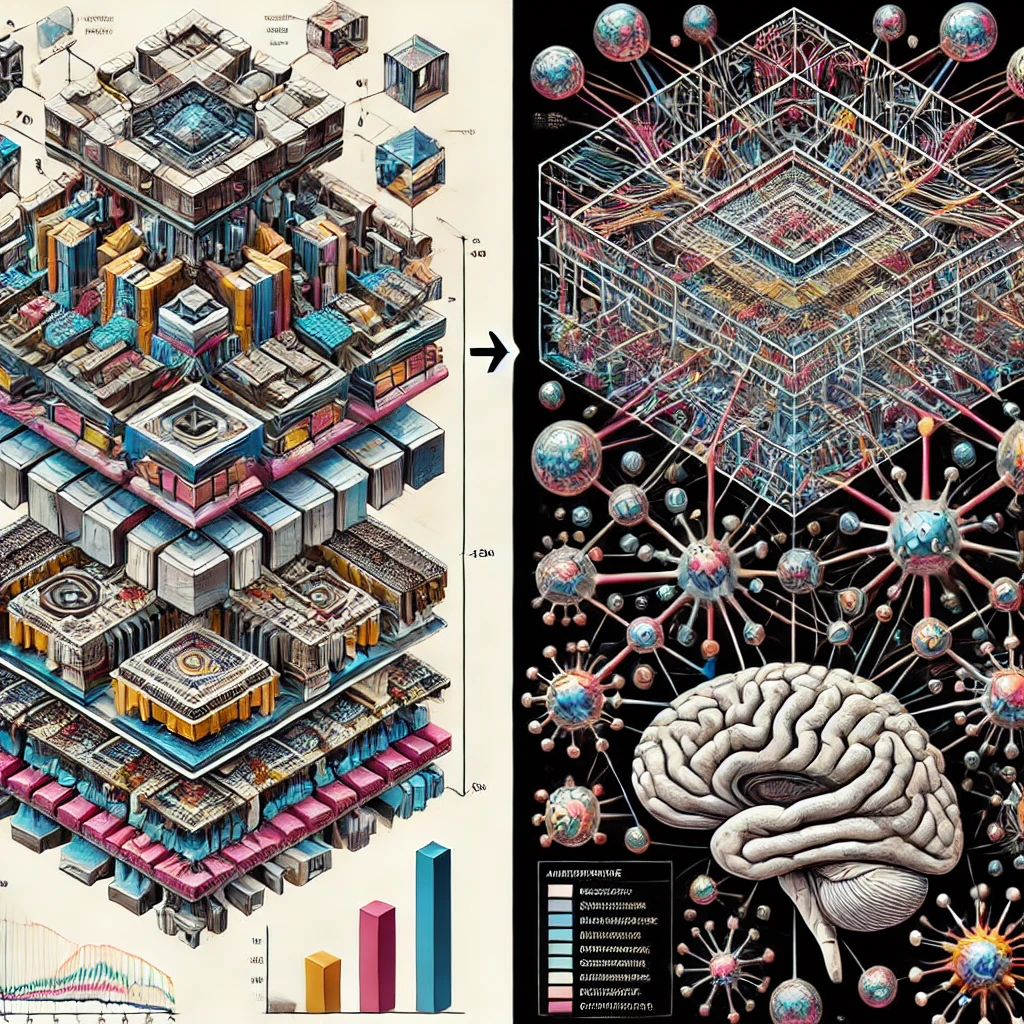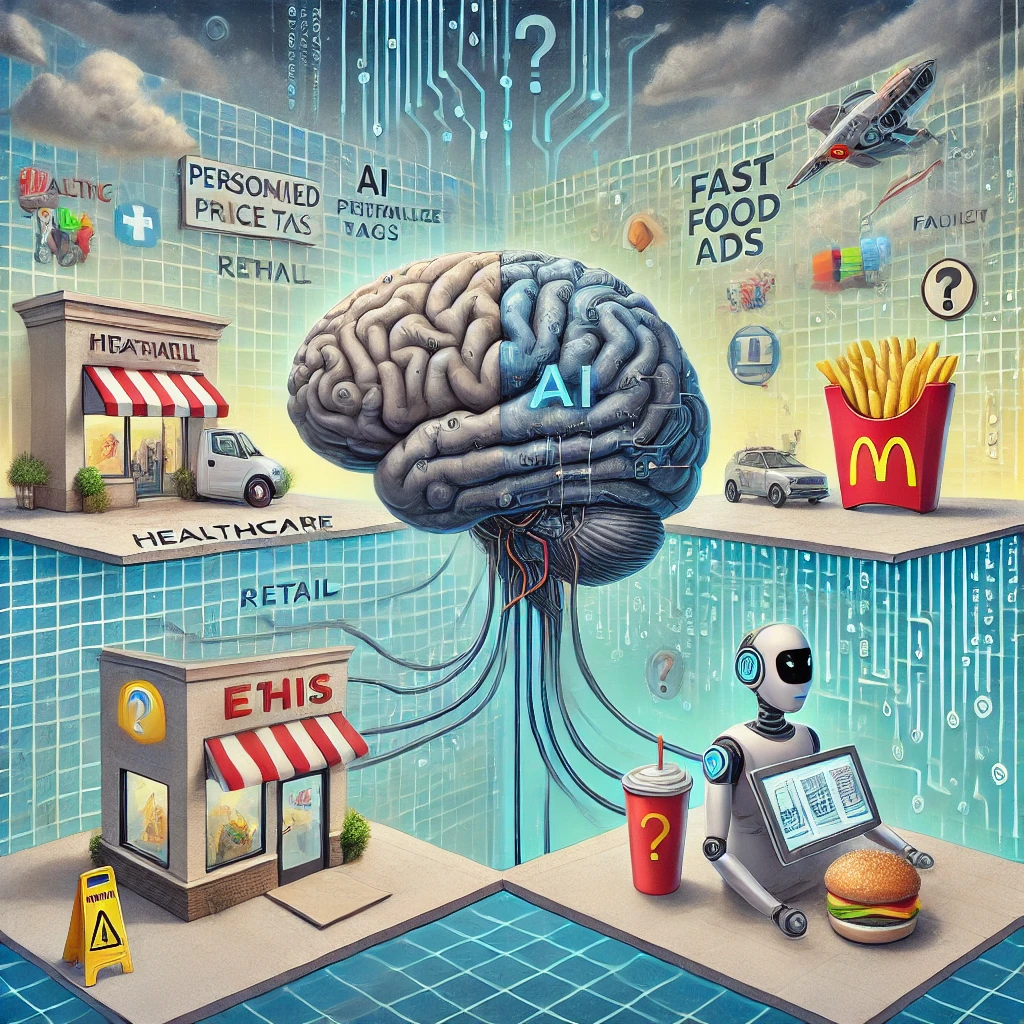
A snapshot of the Current AI Landscape
| January 17, 2024
Artificial Intelligence has permeated our lives, both on a personal and professional level, with increasing ubiquity. It’s often referred to as “the new electricity,” a revolutionary technology that has the potential to transform everything it touches. With this in mind, it’s important to recognize that AI is not just a buzzword or a fleeting trend but a force that is reshaping the way we live, work, and engage with the world around us.
AI, at its core, is the simulation of human intelligence processes by machines, especially computer systems. These processes include learning, reasoning, and self-correction. The remarkable flexibility of AI makes it particularly powerful, with the capacity to tackle a multitude of tasks across various industries.
Artificial intelligence (AI) has become one of the most transformational technologies of our time, showing immense promise to revolutionize nearly every industry. In the current digital era, AI is no longer an emerging technology – it has firmly established itself at the forefront of the technological landscape.
The Pace of AI Progress
The rate of advancement in the AI field has been staggeringly swift in recent years. What used to take AI researchers months or years to achieve can now be accomplished in days or weeks. For instance, AI programs that can beat human professionals at complex games like poker and Go were considered monumental feats not long ago. Today, AI systems display human-level performance and beyond across a range of cognitive tasks.
Behind this rapid pace of innovation is the coming together of several key factors – the availability of large datasets, advances in machine learning algorithms, and exponential gains in computing power thanks to improvements in semiconductor technologies and specialized AI chips.
Omnipresent Real-World AI Applications
Far from just beating humans at board games and quiz shows, AI has now found widespread practical applications. It is streamlining business operations, enhancing customer experiences, aiding scientific progress, bolstering cybersecurity, supporting healthcare, improving transportation systems – the list goes on.
AI-based solutions are automating all manners of human tasks. For instance, supply chains are being optimized by AI predictive analytics, online content is being personalized by machine learning algorithms, financial fraud is being detected by pattern recognition models, and natural language processing chatbots are offering customer service support.
Core AI Capabilities Powering Transformation
Several core capabilities underpin applied AI solutions that enable businesses to make processes more efficient and deliver enhanced value. These include:
- Computer vision – image and video analysis and understanding
- Natural language processing – understanding and generating human languages
- Speech recognition and synthesis – audition, interpreting, and reproducing speech
- Predictive modeling – identifying patterns to make data-driven forecasts
- Robotics – controlling machinery to automate tasks and assist humans
By leveraging these technologies, either individually or in combination, enterprises across sectors are able to deploy AI-based tools tailored to their specific needs.
Industry Disruption Led by AI Pioneers
While AI finds application across industries, its impact has been particularly transformative in certain sectors helmed by tech pioneers. For instance, AI is enabling self-driving in the automotive industry, powering recommendation engines in online retail, detecting insurance fraud patterns in finance, forecasting demand in the utilities space, and aiding disease diagnosis in healthcare.
At the same time, the barriers to AI adoption are being continually lowered, allowing companies of all sizes to explore practical AI implementations. The emergence of no-code AI tools, cloud services, development platforms, and machine learning APIs has bought cutting-edge capabilities within the reach of most enterprises.
The Rise of Large Language Models
An area that has recently seen enormous progress is natural language processing using a technique called large language models (LLMs). LLMs like GPT-3 and PaLM can understand and generate very fluent human language based on learning from vast datasets spanning billions of words and documents.
LLMs have shown the capability to compose articles, poems, code, tweets that are practically indistinguishable from human written language. Their adaptive skills hold promise for use cases like automated content generation, conversational AI chatbots, semantic search, and more.
However, LLMs do have some challenges around bias, factual correctness and keeping up with recent events that AI researchers are aiming to address through techniques like reinforcement learning from feedback.
Emerging Trends and Technologies
AI continues to be an aggressively evolving field driven by academic research into new techniques which eventually find commercial application. For instance, innovations in deep learning and neural networks over the past decade have led to breakthroughs in computer vision and natural language that pervade contemporary AI solutions.
Several emerging trends hold promise to expand the horizons of AI even further:
- Automated machine learning (AutoML) to enable non-experts to build AI models
- Explainable AI for more transparency
- Multi-modal learning combining different data types
- Transfer learning for insights across domains
- Reinforcement learning for goal-driven adaptation
- Generative adversarial networks (GANs) for synthetic data
In addition to these promising software-based techniques, new AI hardware like specialized chips, quantum computing and neuromorphic architectures could unlock more applications.
The Road Ahead
AI adoption is still in early innings – we have only begun to scratch the surface when it comes to practical enterprise applications. More widespread use cases will emerge as tools and techniques become commoditized.
Yet enterprises should avoid falling into the trap of viewing AI merely as a cost optimization lever or an IT concern. Its implications span across organizational divisions and hierarchical levels. A holistic approach is needed – one that provides avenues for both technological and cultural transformation on the road to becoming an “AI-native” business.
Leaders who recognize AI’s broad potential and pervasive applications will have unmatched opportunities in coming years to reshape industries, redefine business models and create outsized value. But realizing this potentially transformative impact requires executive vision and commitment to foster organizational cultures ready to grapple with AI’s promise.
In the coming years, as LLMs, computer vision, predictive analytics and other capabilities grow more advanced, precise and efficient, AI promises to become far more ubiquitous, capable, embedded and indispensable across enterprises.
Recent Blogs
View All
Scaling Intelligence: Quantum Bits to Global Networks
| August 29, 2024

The Future of Shopping is Now
| July 25, 2024

Navigating the Future of AI and Society
| July 24, 2024

AI Ethics: Unseen Challenges Across Industries
| June 24, 2024

A snapshot of the Current AI Landscape
| June 21, 2024

